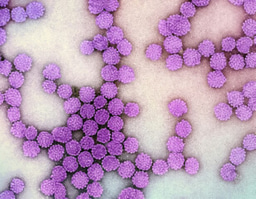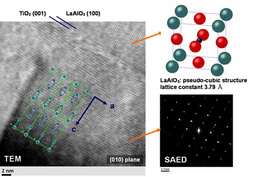Us vs the bugs - gene edition
Published in Microbiology

I was recently asked to fact check some numbers on a news piece a colleague is writing about the human gut microbiome, particularly a statement related to how bacterial genes outnumber human genes and by how much. You may all remember the recent debate over the number of human cells vs microbial cells (see for example here, here and here), which seems to have settled on a 1:1 ratio of human:bacteria cells.
But the question I was faced with was slightly different; how does that translate to a ratio on the number of microbial vs human genes? I thought this would be just a simple google search away, but turns out, it wasn’t that easy. So I did some digging, and here’s my math (please do use the comment section to correct me or point me in the right direction):
A) Number of human genes. According to this article, the human pan-genome is currently thought to be made up of 20,000-25,000 genes;
B) Number of microbial genes. According to this article, the bacterial pan-genome is currently thought to be made up of 9,879,896 genes. However, as this article points out, each individual seems to carry around only approximately 160 species, which translates to around 540,000 microbial genes (in my mind, the average 3375 genes/microbial species sounds about right).
So, if I did my math right, for each individual, bacterial genes outnumber human genes ~20:1; whereas if you consider the total number of human-associated bacterial genes, this number goes up to ~400:1.
Anyone wants to add viruses, fungi and parasites to that?




Please sign in or register for FREE
If you are a registered user on Research Communities by Springer Nature, please sign in